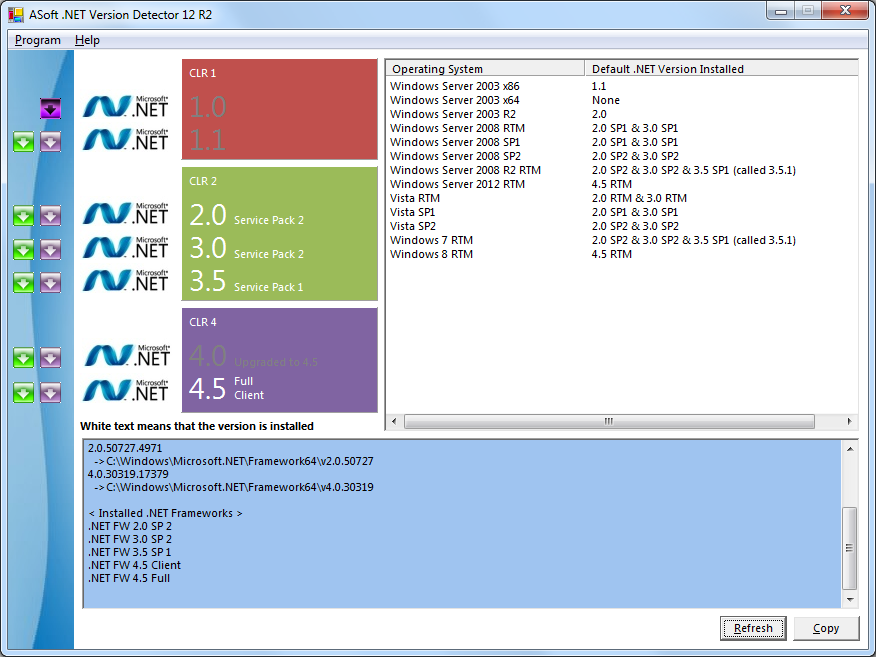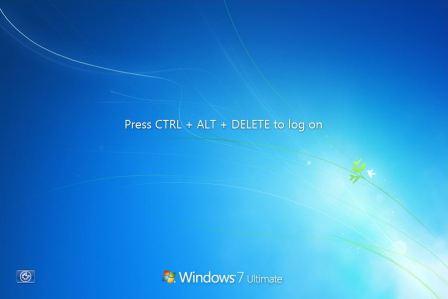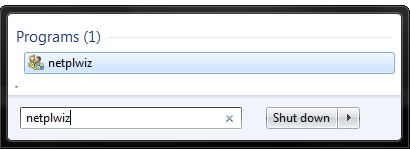
You have to know the serial numbers of HP computers and servers in order to get warranty.
If you run Dell machines, you need the Dell asset taags in order to get warranty.
As it turns out, many times you’ll be no where near your computers but have remote access (hopefully). So how can you get either the HP Serial Number or the Dell Asset tag remotely? Read on.
As it turns out, many times you’ll be nowhere near your computers but have remote access (hopefully). So how can you get either the HP Serial Number or the Dell Asset tag remotely? Read on.
See the below table to obtain the corresponding information on the right:
| command | information |
wmic bios get serialnumber | HP: shows Serial Number, Dell: shows Dell Asset tag |
wmic csproduct get name | HP: shows model name: Dell: shows base model |
wmic /namespace:\\root\wmi path MS_SystemInformation | HP: shows product number, Dell – nothing man, just nothing |
This handy spot of information might come in handy for you one day if your ILO or Dell Open Manage software isn’t installed.







